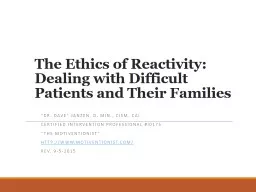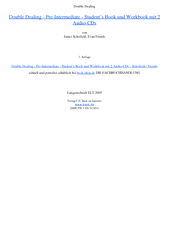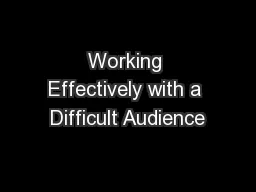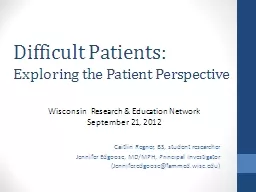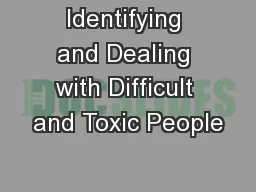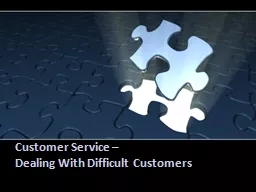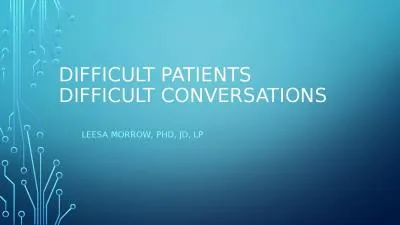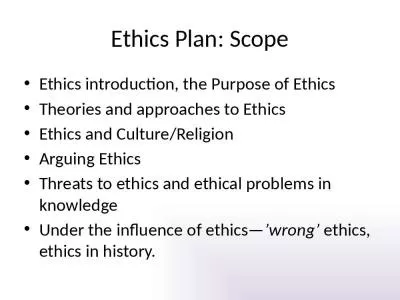PPT-The Ethics of Reactivity: Dealing with Difficult Patients and Their Families
Author : tawny-fly | Published Date : 2018-03-16
Dr Dave Janzen D Min CISM CAI Certified Intervention Professional I0175 The Motiventionist httpwwwmotiventionistcom Rev 9142015 Objectives Define Emotional Reactivity
Presentation Embed Code
Download Presentation
Download Presentation The PPT/PDF document "The Ethics of Reactivity: Dealing with D..." is the property of its rightful owner. Permission is granted to download and print the materials on this website for personal, non-commercial use only, and to display it on your personal computer provided you do not modify the materials and that you retain all copyright notices contained in the materials. By downloading content from our website, you accept the terms of this agreement.
The Ethics of Reactivity: Dealing with Difficult Patients and Their Families: Transcript
Download Rules Of Document
"The Ethics of Reactivity: Dealing with Difficult Patients and Their Families"The content belongs to its owner. You may download and print it for personal use, without modification, and keep all copyright notices. By downloading, you agree to these terms.
Related Documents

